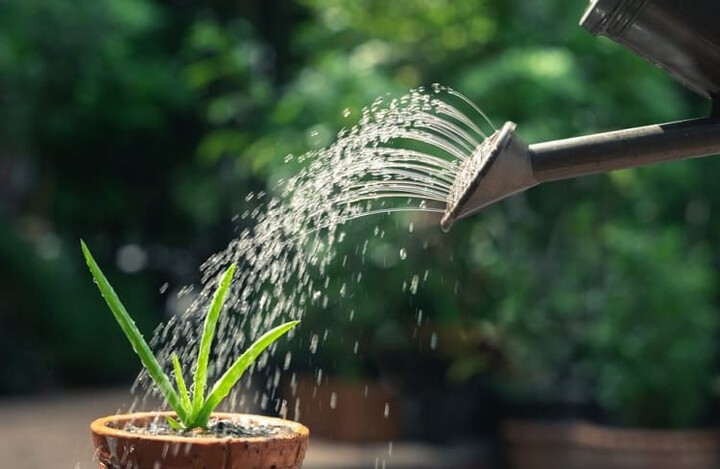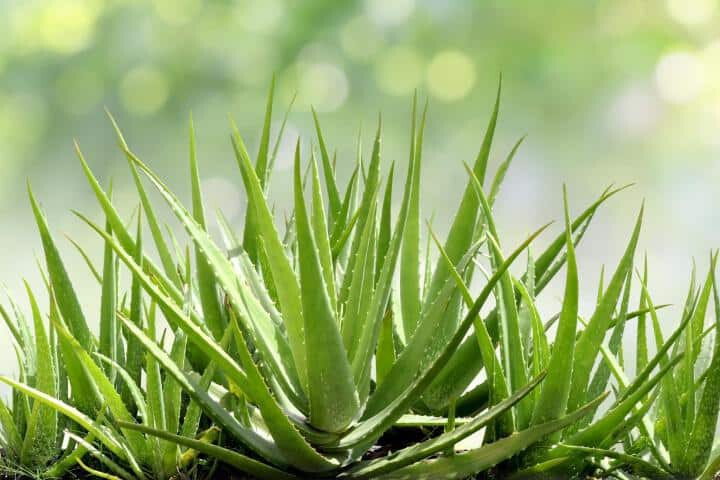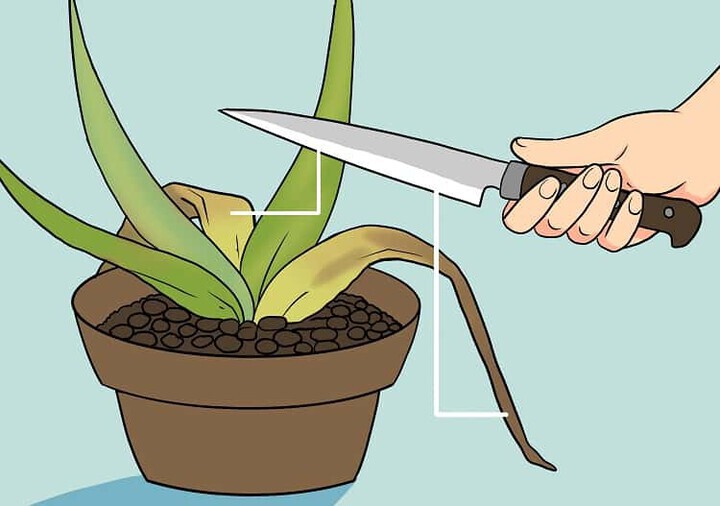Aloe plants are the most popular succulent out there, but more often than not, people make one fatal mistake when they switch from other areas of gardening to here.
Their aloe plant turns brown, and it looks like it’s dying.
Fear not: it’s perfectly okay that it’s happening, so long as you incorporate some of these fixes to remedy the situation.
Reason Behind An Aloe Plant Turning Brown

The most likely reason that your aloe plant is turning brown is because of overwatering.
With a succulent plant, they store moisture in their leaves for a reason: they’re used to harsher climates where they don’t get much rain. It’s a survival mechanism.
When we overwater them, we’re combating that defense mechanism, which overloads the plant.
If your aloe plant is near you right now, touch the brown parts of the leaves.
Do they feel mushy?
That’s due to an abundance of water that the plant doesn’t need.
In most areas of gardening, this means that a plant doesn’t have enough water, so our minds go “Oh, I should add more; it’s thirsty.”
With aloe plants and succulents in general, this is quite the opposite.
If you currently have an overwatered aloe plant, you might be able to fix the solution with additional sun exposure.
Let’s touch on the optimal level of sun exposure right now.
What Is The Optimal Sun Exposure For Your Aloe Plant?

Ideally, you’ll allow your aloe plant to receive about five to seven hours of sunlight per day.
These plants are used to direct heat and sun exposure, but in a pot, there is one major caveat you need to pay attention to.
You can’t pull them from the shade directly into high noon heat. This is going to run a very high risk of sunburn for your aloe plants.
Instead, move them from a shaded area into sunlight in the early morning, so that they gradually heat up as the temperature spikes in the late morning to early afternoon.
They can handle it, you just can’t shock them.
If your aloe plant is brown and the leaves feel a bit tender to the touch, a bit of extra sunlight can help.
Consider putting them in direct sunlight a little earlier than usual and extending that time to eight hours per day.
This should only take about two to three days to remedy the situation, so long as you’re lowering the amount of water you’re feeding the plant.
Monitor it, and when the brown spots are almost gone, cull it back to your usual five to seven hours every day.
Should You Cut Brown Parts Off Of Your Aloe Plant?

There are two answers to this.
If your leaves have some brown spots, usually located near the edges of each leaf, then you don’t have to trim these off to return your plant to a healthy status.
This is the sign of overwatering that we can remedy.
Use the above method that I outlined to give additional sun exposure, and everything should turn out okay.
If the leaves continue to brown, consider your water usage and lower it.
However, there is an instance where you should absolutely cull back the brown leaves on your aloe plant.
That’s when they turn a brownish-pinkish color, when you can see both hues mingling with one another.
Pink sections usually sit just below the brown sections, and take over half of your individual leaf.
This is a sign that the plant is dying, and to save it, you have to cut these leaves back.